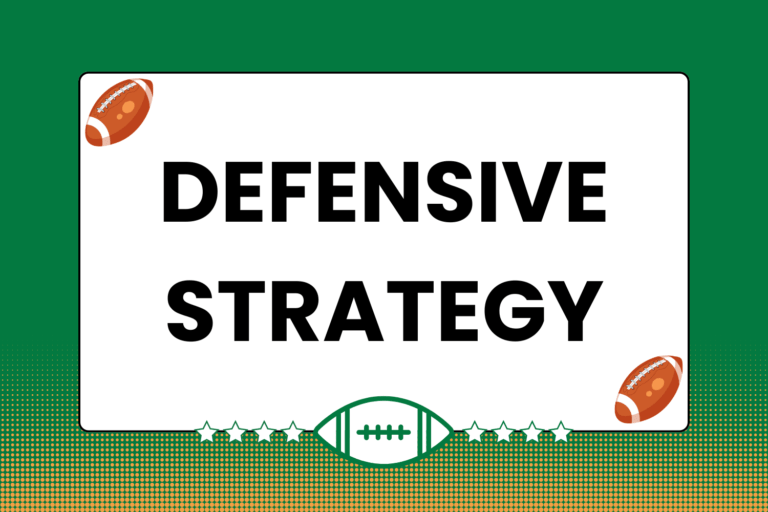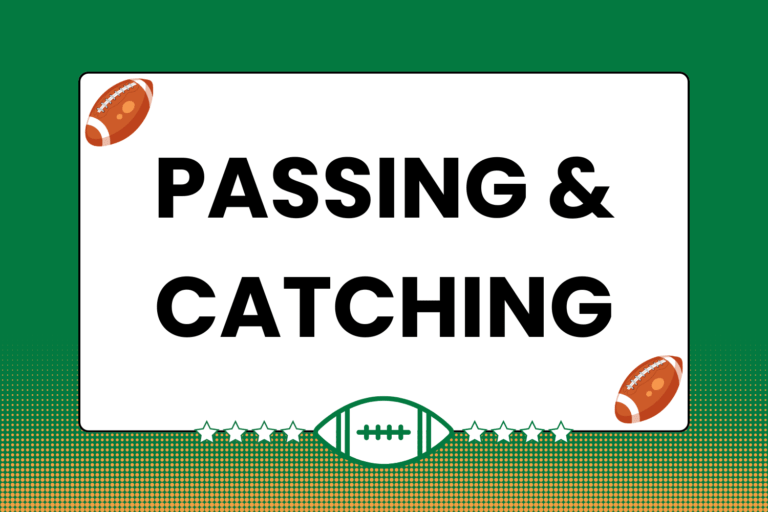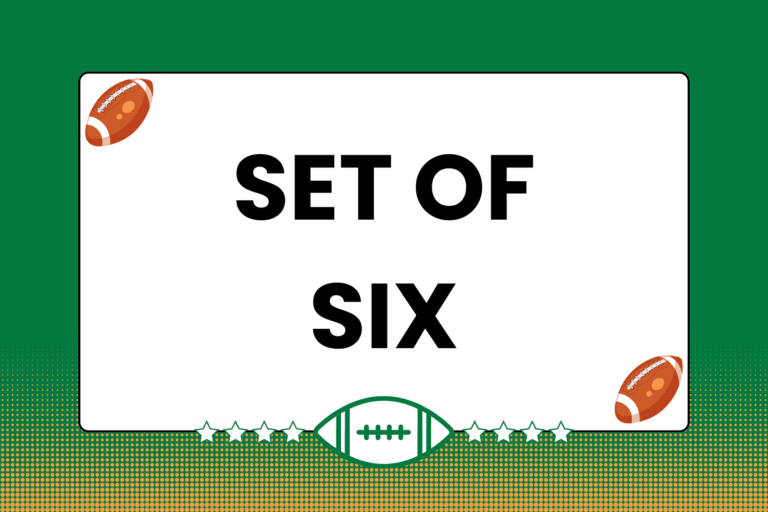If you’ve ever seen it — or worse, experienced it first-hand — then you know how unpleasant cauliflower ear can be. Caused by injuring the cartilage inside the ear, cauliflower ear is both visually and physically painful. Athletes in particularly physical sports, such as MMA fighting, wrestling, and rugby, are at the highest risk of injuring their ears.
Fortunately for rugby players, there are a few preventative measures that can be taken to reduce the likelihood of suffering cauliflower ear — such as taping your ears to your head. This guide looks at the ear-taping process that some rugby players use to protect their ears.
The Materials
The most important piece in the taping process is, of course, the tape itself. In fact, some players (usually at younger/lower levels of the game) simply wrap a sturdy type of tape around their heads and ears a few times.
While that does work on a basic level, some players choose to include a few more elements into the process:
- Pre-tape wrap: A stretchable medical tape or length of fabric (like a bandana or strip of old t-shirt) between the player’s head and the securing tape keeps the tape off of the player’s actual skin and hair. This makes the tape easier to remove after the game or practice session.
- Petroleum jelly: Used in conjunction with a fabric-based pre-tape wrap, a little bit of petroleum jelly on the ears will reduce some of the friction that can result from scrumming and mauling.
- Securing tape: The only required ingredient, the securing tape keeps the ears tucked in to the sides of the head. The most commonly-used type of securing tape is electrical tape, though white athletic tape (and occasionally duct tape) is also used.
Keep in mind a scrum cap will do a much better job of protecting a player’s entire head — ears included — from minor injuries. However, some players prefer not to wear scrum caps, and taping down the ears does offer at least a bit of protection.
Mental Edge
Much like using a scrum cap, usually only forwards tape their ears. It’s in scrums and mauls that players’ ears are most at risk, and forwards are involved in the majority of both.
The Process
Technically, there’s no one defined method for taping down your ears; so long as it gets the job done, any procedure will work:
- Generally, the tape should be first horizontally affixed to your forehead as opposed to your hair or ears. This will ensure a secure starting position, and will make it easier to complete the taping process.
- Once the end of the tape is affixed to your head, wrap the tape around the middle of your head. Make one loop all the way around to start, being sure to cover the tops of your ears, which are the most vulnerable areas.
- Continue looping the tape around your head another two to four times. Cover at least the entire top half of your ears, while keeping the tape in a single strip around the rest of your head. Make it tight enough that it won’t move too much, but not so tight that it cuts off the circulation to the top of your head.
Taping for Safety
There’s no guarantee that playing rugby will result in an injury to your ears, just as there’s no guarantee that using tape will always prevent that same injury. However, using tape to secure both ears to the sides of your head is better than nothing, and it will provide some measure of protection against trauma — especially the kind that causes the dreaded cauliflower ear.





